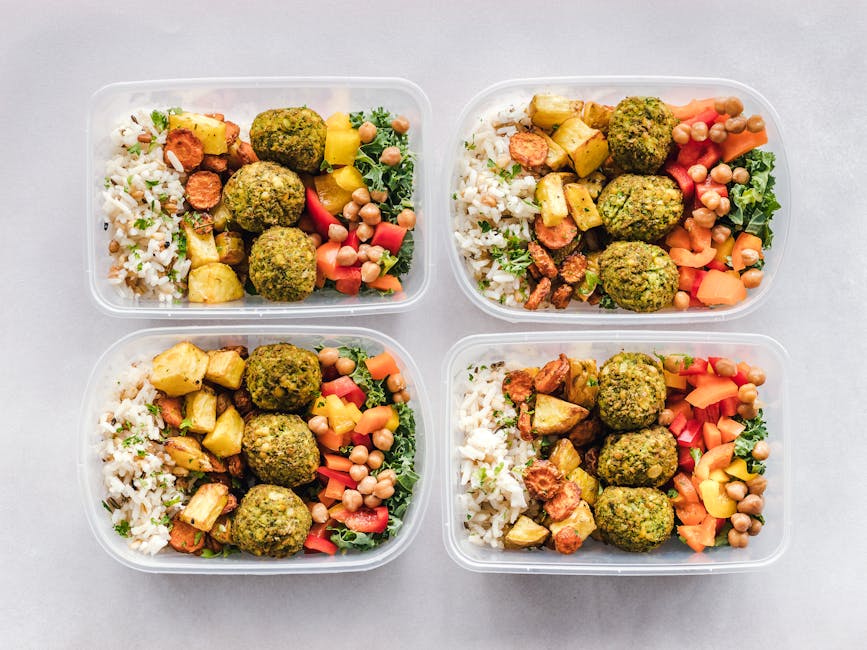Deconstructing the Apex of Avian Salad: A Molecular Gastronomic Excursion
Forget rote recipes; crafting the ultimate chicken salad is a sophisticated exploration of protein, lipid, and aqueous interactions. Molecular gastronomy offers the precise toolkit to orchestrate this culinary ballet, yielding a dish eclipsing its traditionally conceived counterparts. Let's dissect the critical components:
1. Protein Provenance and Preparation: The poultry selection is paramount. Dark meat, boasting a higher fat percentage, profoundly enhances richness and emulsion stability, acting as the crucial scaffolding holding the composition together. Yet, exclusive use of dark meat risks textural heaviness. A judicious blend of white and dark meat achieves the ideal synergy: opulent richness combined with delicate finesse. Moreover, the cooking method warrants meticulous consideration. Sous vide, with its unparalleled temperature regulation, ensures impeccably moist and tender chicken—banishing the ubiquitous dryness that plagues many chicken salads. Learn more about sous vide cooking Poaching, another precise technique, imparts a cleaner, subtler flavor profile, allowing other ingredients' nuances to shine.
2. Emulsion Equilibrium: Achieving Textural Harmony: The sine qua non of an exceptional chicken salad resides in its velvety, uniform consistency—a stable emulsion. Consider mayonnaise, the quintessential example. Its success hinges on the careful interaction of oil (derived from the chicken and added fats) and water (inherent in the chicken and added liquids). To ensure stability, we deploy emulsifying agents. While commercial mayonnaise utilizes these, we can utilize natural counterparts such as egg yolks (rich in lecithin) Read about the emulsification properties of egg yolks or a touch of avocado, inherently enhancing emulsion stability and adding another layer of luxuriousness. This is akin to engineering a robust bridge: your emulsion must possess sufficient strength to support all components.
3. Flavor Symphony: Transcending Mundanity: Chicken salad’s common failing is its insipidness. This is where the molecular gastronomic approach truly excels. We're not merely sprinkling salt and pepper; we're creating a harmonious blend of flavors through techniques such as spherification, generating unexpected taste sensations. Imagine a minuscule sphere of intensely citrusy lemon juice, delivering a jolt of zesty surprise within the opulent richness of the salad. Infusing the chicken during poaching with aromatic herbs like tarragon or thyme imbues a depth of flavor impossible to replicate through simple addition of chopped herbs at the end.
4. Textural Orchestration: A Multi-Sensory Masterpiece: Creaminess is not the sole textural consideration. The satisfying crunch of celery, the subtle textural contrast of toasted nuts, or even the delightful pop of finely diced grapes—these are vital elements. It’s analogous to composing an orchestra; varied textures contribute to a complex, pleasing composition. This multi-sensory experience is fundamental to a sublime chicken salad. Precise control over ingredient dimensions is crucial; consider using a microplane for vegetables, leading to a more seamless integration, preventing large, disruptive pieces.
5. Temperature's Subtle Influence: Seemingly trivial, temperature dramatically affects both taste and texture. Serving a chilled chicken salad promotes flavor amalgamation and reinforces the creamy texture, hindering unwanted emulsion separation. The effect is similar to ice cream, tasting more delightful after a brief period at room temperature due to altered fat-water interaction influenced by temperature. Information on the effect of temperature on food
Elevating Chicken Salad: A Culinary Scientist's Perspective
The artistry of chicken salad transcends mere assembly; it’s a sophisticated interplay of molecular mechanics. Forget haphazard concoctions; precise understanding, not undue complexity, is the key. The rewards are transformative:
1. Unwavering Textural Fidelity: Molecular gastronomy’s rigorous methodology guarantees unwavering consistency, banishing the capriciousness of traditional methods. Whether crafting a solitary serving or a banquet-worthy quantity, expect the same luscious mouthfeel and flavor symphony – a stark contrast to the unpredictable outcomes of recipes reliant on subjective techniques and ingredient vagaries.
2. A Symphony of Flavor Nuances: Imagine meticulously orchestrating a flavor composition, akin to a composer arranging a masterful symphony. By rigorously controlling cooking processes and ingredient selection, we unveil subtle flavor notes usually masked in conventional preparations. This precision, reminiscent of a painter wielding a fine brush, unlocks complex flavor dimensions far surpassing simple mixing and combining.
3. Palate-Pleasing Texture Perfected: A superior textural experience is not merely a happy accident; it’s a scientifically engineered outcome. Envision the luxurious creaminess of an impeccably emulsified dressing, harmoniously integrating with every bite. Gone are the days of dry, crumbly chicken salad. Precise textural management – an often-ignored yet crucial element – yields a balanced, opulent experience, a true delight for the discerning palate.
4. Emulsion Integrity: A Foundation of Excellence: Molecular techniques provide the architecture for stable emulsions, preventing separation and preserving that delectable creamy texture throughout the chicken salad’s lifespan. The analogy is apt: just as a robust foundation is paramount to a structurally sound building, a stable emulsion underpins the perfect chicken salad.
5. Unleashing Culinary Innovation: Even this seemingly simple dish transforms into a canvas for culinary expression when guided by molecular gastronomy principles. Experimentation becomes an empowered exploration; scientific principles become your guide, illuminating pathways to original flavor harmonies and textural innovations. Create a signature chicken salad, a testament to your unique vision. It’s the difference between a rudimentary sketch and a breathtaking masterpiece; science empowers your culinary imagination.






